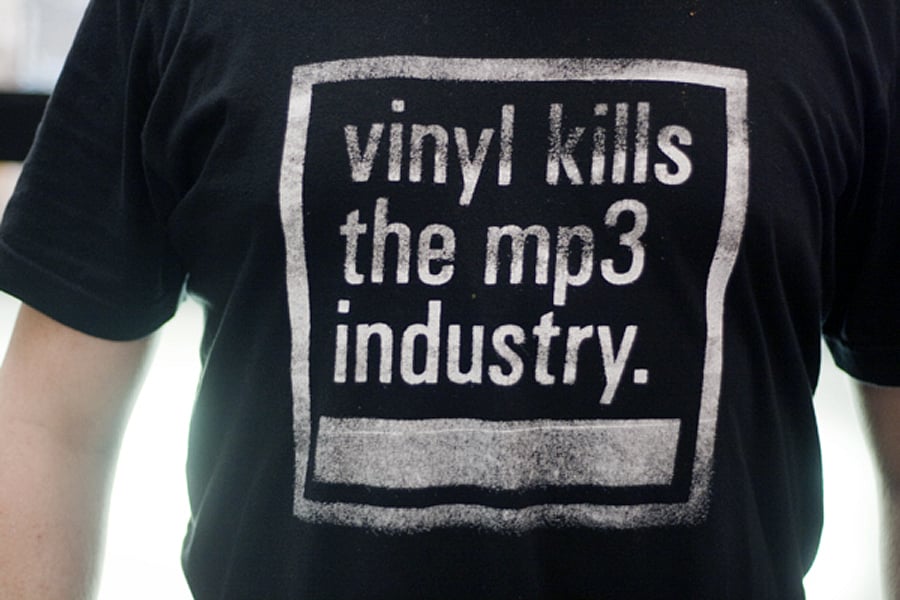
Renowned musician Neil Young had once said, “Steve Jobs was a digital pioneer, but when he went home, he listened to vinyl”.
Music stored on smartphones or music players is the current trend. And so are streaming music services from Spotify, TuneIn or Amazon Prime Music. With such convenience, it is commonplace for people to be wired with a pair of earphones and listening to music while walking on the street or travelling in public transport.
Not very long ago, we had to look through our collection, pick a compact disc (CD), audio cassette or vinyl record, play it and have a good listening session. It is important to note that most of us ‘hear’ music but do not ‘listen’ to it. Here, listen means to have a relaxed session to enjoy the music, notice the instruments that are producing subtle sounds in the background of the voice or percussion.
Of course, to get the last bit of detail that was recorded in the studio, one has to possess a good pair of loudspeakers that will put out music as it was intended to be reproduced by the musician.
A lot of people who have listened to music from vinyl records, cassettes or even CDs will tell you that the most common formats for digital music – MP3 or the slightly better AAC – don’t come anywhere near in terms of sound quality and detail.
What are MP3 and AAC file formats?
MP3 is short for Motion Picture Experts Group (MPEG)-1 or 2 Audio Layer III, while AAC is Advanced Audio Coding.
Why were they developed?
These formats were developed so that more music can be packed into the music player or memory card that stores the music.
How are smaller file sizes achieved with MP3 or AAC?
These formats are called lossy formats. Simply put, they are got by cutting off bits of musical information from the original recording. This is called Sampling. When information is removed, or there is ‘loss’ of musical detail, the file size begins to shrink. Smaller file size means more music can be stored in a given memory card. There is a common sentiment among musicians that this is ruining music.
A track played on vinyl or a CD will sound far better than when the same is played in MP3 or AAC format. Those who have done serious listening on vinyls, cassettes or CDs will frown at the thought of listening to music in the MP3 or AAC formats.
MP3 or AAC with higher bitrates of 320 Kilobits per second (Kbps) will sound better than 128 Kbps because there is more music information. However, there will always be loss of information when compared to the original recording.
These formats make for convenient music listening since entire collections can be carried around in a small device.
When the CD was introduced and began to become mass medium for music, there was some resistance there too. The resistance came from vinyl lovers or those who were used to high-quality audio tapes. Their contention was that digital music was very ‘harsh’ and ‘over-amplified’ whereas vinyls particularly produced warmer music that was more pleasing.
With CDs too disappearing, vinyls are making a strong comeback and music companies are pressing limited numbers of records of some new album releases.
The argument against those who listen to music only on MP3 or AAC formats is that they have probably never listened to good sound on a good audio setup. Hence, they do not know what good sound is.
The person who likes to listen to above-average music would like to go through the vinyl or CD collection, pick one and enjoy it for an hour or two. However, in the age of convenience, it is natural for the masses to choose convenience over the ‘procedure’ of listening to music.
There is one school of thought that says digital formats come and go, but analog formats will not die out completely. This the reason vinyls are making a comeback and companies are producing turntables and music labels are pressing records once again.
There is a section of music-loving youngsters, in the mid to late ‘20s, who would definitely buy vinyls if available for the albums they frequently listen to.
Opinion is divided in this matter of physically selecting an album (vinyl or CD) versus the convenience of music stored on smartphones or music players.
In India, it is difficult to get hold of specific vinyls one wants to buy as compared to getting it in the digital format.
Technology is moving at an amazing pace now. Apart from MP3 and AAC music, ample online streaming apps are throwing more competitors into the mix. Digital forms of music are rapidly being outdated by something newer. The future certainly seems to be difficult to predict.